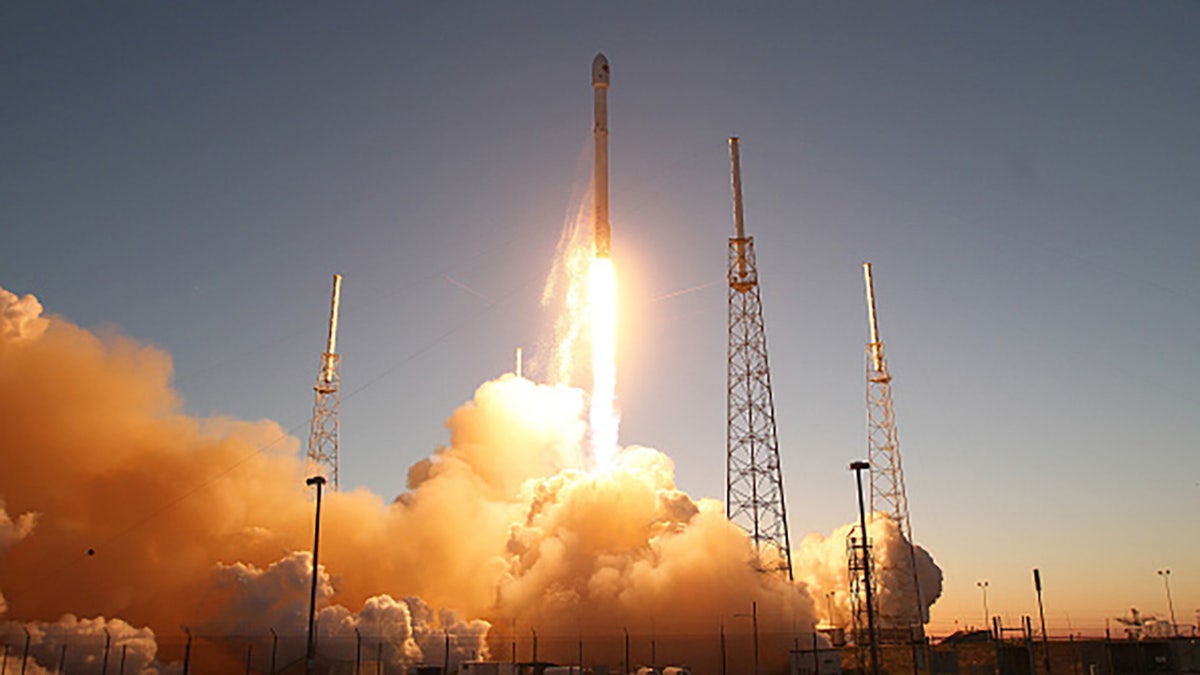Fox News Flash top headlines for February 12
Fox News Flash top headlines are here. Check out what's clicking on Foxnews.com.
The massive rocket speeding through space on a collision course with the moon does not belong to SpaceX despite earlier reports and likely belongs to a spacecraft launched by China in 2014, according to a report on Saturday.
Ars Technica first reported on the mystery object discovered by Bill Gray, the developer of the astronomical software called Project Pluto. The report said Gray updated his website Saturday to show the correction after being flagged by a NASA engineer who questioned his earlier claim.
JAMES WEBB SPACE TELESCOPE TAKES FIRST IMAGES, SELFIE

The moon is photographed by a remote controlled deep Space Telescope on November 19, 2021 in Beijing, China. (Photo credit should read Qin Jian / Costfoto/Barcroft Media via Getty Images) (Photo credit should read Qin Jian / Costfoto/Barcroft Media via Getty Images)
Gray said he checked his data and said there is "good evidence" that the object is a Chinese Chang’e 5-T1 rocket stage that was launched in October 2014. The earlier theory was that the object was SpaceX's Falcon 9 rocket’s upper stage, which launched on Feb. 11, 2015.

The rising of the almost exactly Full Moon on July 16, 2019, the 50th Anniversary of the launch of Apollo 11. (Photo by: Alan Dyer/VWPics/Universal Images Group via Getty Images) (Alan Dyer/VWPics/Universal Images Group via Getty Images)
Gray wrote on his website that the object will "still hit the moon within a few kilometers of the predicted spot on 2022 March 4 at 12:25 UTC, within a few seconds of the predicted time."

A SpaceX Falcon9 rocket blasts off the launch pad on Wednesday, Feb. 11, 2015, carrying the NOAA's Deep Space Climate Observatory spacecraft that will orbit between Earth and the sun, providing advanced warning of extreme emissions from the sun which can effect power grids and satellites close to earth. (Red Huber/Orlando Sentinel/Tribune News Service via Getty Images) (Red Huber/Orlando Sentinel/Tribune News Service via Getty Images)
Mark Robinson, a professor of earth and space exploration at Arizona State University, told the New York Times earlier this month that the object, which was believed to weigh about four tons and traveling a 5,700 mph, would create creater about 65 feet in diameter.
SpaceX did not immediately respond to an after-hours email from Fox News.
